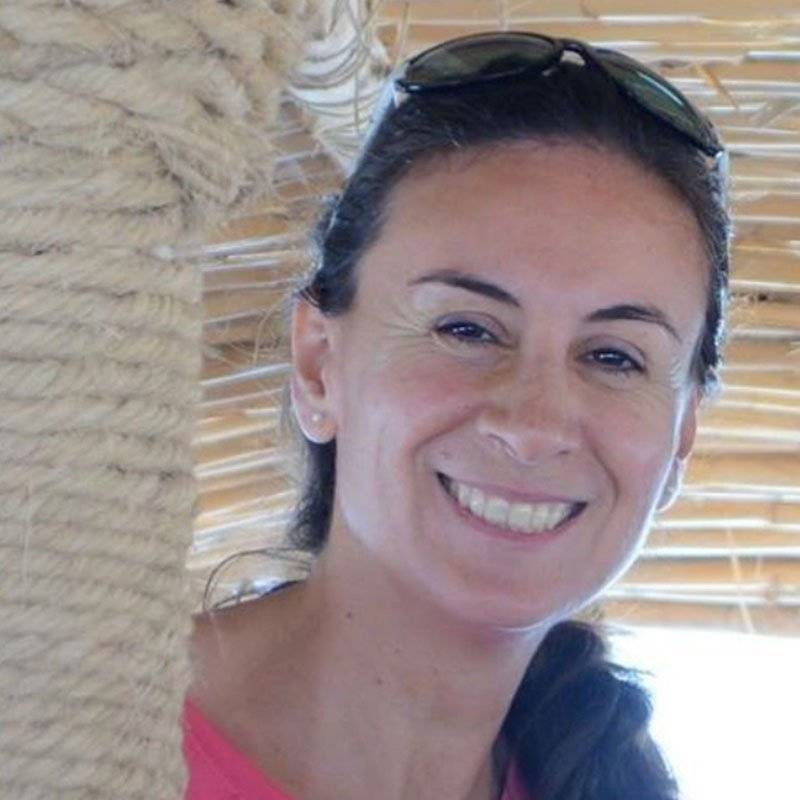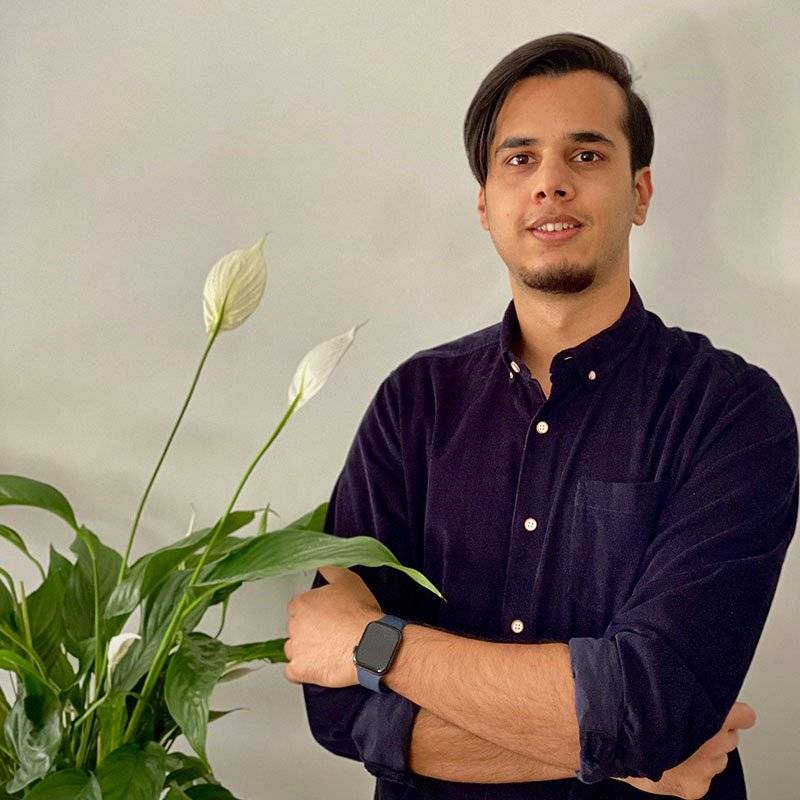The tragic earthquake that hit Turkiye and Syria on 6 February did not spare anyone; it shook and levelled homes, many of which had been built by refugees who had fled war and the atrocities of conflict. Once again, in the midst of the discovery of corpses and crying children searching for their families, refugees have been pleading for new housing somewhere safe and tents to cover them from the snow. Syrians, Palestinians, Afghan and Iranian refugees thought they would be safe in the area, however, they are once again displaced.
The earthquake has impacted the lives of 25 million people. Neighbouring countries have sent help and the international community has come together to support search and rescue efforts and to collect donations to aid those in need.
READ: 7 Syrian earthquake victims die after roof collapse during house fire in Turkiye
“From Afghanistan, my family and I went to Iran legally and then from Iran to Turkey illegally. I don’t know the name of the border we crossed. We crossed the border and then there was a city called Van, we stayed there because we couldn’t go anywhere, the smuggler was taking us, we were under his authority and the other thing that the route wasn’t very good, many of those who wanted to go from Van, they were captured, and they were deported back. We stayed there for like a month, and after that we continued like this, we were smuggled all the way from Van to Kayseri.” (Kayseri, Turkiye, interview code 003)
Last year, for our field research studying Refugee Led Organisations in Turkiye, Lebanon and Jordan, we visited the major cities that host refugees. We met with refugees and learnt about the steps they have taken to adapt to their new homes.
Iskenderun, once part of Syrian land before the 1939 Lausanne Agreement when it was recognised as a Turkish province and named Hatay, has hosted several groups of refugees. Afghans arrived in the mid-1980s and sought to create a support community for themselves in the province to work in agriculture.
“Yes, when I came to Hatay [to this Afghani Village], I easily made contact and got in touch with other Afghans. They were my relatives and people I knew from my village in Afghanistan and they had come here earlier, before me.” (Hatay, Turkiye, interview code 005)
READ: Qatar envoy to Turkiye heads aid convoy to northern Syria
Syrians, the majority of whom are from Aleppo and Idlib, have sought their safe haven in a land that is not strange to them. In Hatay and Reyhanli they came together to form small communities, a subtle support system and a social space for them to recreate the homeland through their common language, culture and displacement experience.
“Previously there were certain needs and today there are new needs. Now it has been almost 10 years that we are here. In the first five years, the needs were housing, a job opportunity, food, clothes and furniture for my children to sleep on. But now we are past those things. Now the need is how I can coexist with my Turkish neighbour, I want a way to integrate into society, I want to make my voice heard, I want my children to complete their studies at university, I want to know where I am, will I stay here or will I return to Syria or leave Turkey.” (Hatay, Turkiye, interview code 005)
Refugees sought to establish their humanitarian support groups and to fill in gaps in services and needs that no one else was addressing. Through Refugee Led Organisations they founded, they brought the community together. In Kayseri, Afghans and Iranians established a collaboration with official entities to better channel services and to address the needs of their communities in the provision of health, education or societal and cultural activities in order to safeguard their identities.
“Up until 2011 our activities were only for Afghan refugees in Kayseri because we were not that big an association and we didn’t know anyone, but when a strong earthquake occurred in Van province of Turkey in 2011, it affected the people living there including Afghan refugees. They had to leave that area, it was then when a number of Afghan refugees contacted us and requested to be evacuated … So, in that time we transformed our association to Afghan Refugees Coordination, and we contacted the UNHCR, requesting they resettle the Afghan refugees to any other city, back then the Turkish Presidency of Migration Management didn’t exist, so the UNHCR quickly took action upon our request, we told them that, if needed, we can voluntarily help them in any way possible. The UNHCR welcomed our proposal and this was how we started to operate in different cities.” (Kayseri, Turkiye, interview code 001)
READ: Palestinian death toll in Turkiye-Syria earthquakes rises to 104
Refugees have lived in dispersed groups in this small city and they appreciated the collaboration they established with the Humanitarian Relief Foundation (IHH) and with the municipality which supported their integration into the area.
For more than 30 years Afghan and Iranians have integrated in their new surroundings by nurturing relations with their own communities and with the members of the host nation. Syrians have benefited from the welcoming laws that permit them to work and established their factories and businesses. They continue their way of life away from their original homes. The economy of Gaziantep now depends on their produce.
Now, however, all find themselves once again displaced by natural disasters and the destruction they brought with them.

Source: Presidency of Migration Management, Turkeiye (Numbers as of 02 February 2023)
The views expressed in this article belong to the author and do not necessarily reflect the editorial policy of Middle East Monitor.

![Children warm themselves at Sendiyan Refugee Camp, where civilians are displaced by the attacks of Bashar Assad regime as they live in tents with harsh winter conditions [Muhammed Said - Anadolu Agency]](https://i0.wp.com/www.middleeastmonitor.com/wp-content/uploads/2023/02/AA-20230207-30201524-30201519-HARSH_WINTER_CONDITIONS_IN_IDLIB.jpg?fit=920%2C613&ssl=1)








